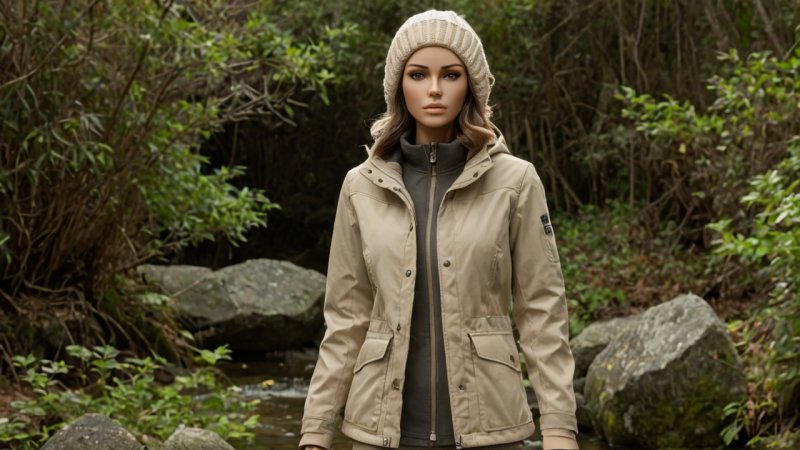Layering is a fundamental principle in outdoor clothing that not only enhances comfort but also improves your overall experience in various weather conditions. Whether you're hiking, camping, or just spending time outdoors, understanding how to layer effectively can make a significant difference in your performance and enjoyment. This article will explore the importance of layering in outdoor clothing and provide practical tips to help you stay comfortable, warm, and protected from the elements.
Base Layer: The Foundation of Comfort
The base layer is the first line of defense against the cold and moisture. Its primary purpose is to wick sweat away from your skin, keeping you dry and comfortable. When choosing a base layer, consider the following:
- Material: Look for materials like merino wool or synthetic fabrics that offer excellent moisture-wicking properties.
- Fit: A snug fit is essential for effective moisture management but avoid anything too tight that restricts movement.
- Weight: Choose a weight appropriate for the temperature—lighter for warmer conditions and heavier for colder climates.
Mid Layer: Insulation and Warmth
The mid layer serves as insulation, trapping heat while allowing moisture to escape. This layer is crucial for maintaining warmth, especially in cold conditions. Here are some tips for selecting a good mid layer:
- Layering Options: Fleece, down jackets, and synthetic insulation are popular choices. Each has its benefits, so consider your activity level and the expected temperatures.
- Adjustability: Look for features like zippered fronts or ventilation openings that allow you to regulate your body temperature.
- Packability: If you're backpacking, opt for a mid layer that compresses easily without losing its insulating properties.
Outer Layer: Protection from the Elements
The outer layer is your shield against wind, rain, and snow. It’s essential for keeping you dry and protected in harsh conditions. When selecting an outer layer, keep the following in mind:
- Waterproofing: Look for jackets with a waterproof rating suitable for your activities—GORE-TEX and similar materials are great for heavy rain.
- Breathability: A good outer layer should also allow moisture from within to escape, preventing overheating.
- Durability: Ensure that the materials used can withstand the rigors of outdoor activities without wear and tear.
Accessories: Completing Your Layering System
Don’t overlook the importance of accessories in your layering system. They can significantly enhance your comfort and protection. Consider the following:
- Hats: A warm beanie or a breathable cap can help regulate body temperature and protect against sun exposure.
- Gloves: Choose gloves that provide dexterity while keeping your hands warm. Look for options that can layer over a thin liner glove for added warmth.
- Scarves and Buffs: These can protect your neck and face from wind and cold, making them essential in colder climates.
Layering Tips for Different Conditions
Understanding how to layer effectively for various conditions can greatly enhance your outdoor experience. Here are some tips:
- Cold Weather: Use thicker base and mid layers, and ensure your outer layer is insulated and waterproof.
- Warm Weather: Opt for lightweight, breathable layers that can be easily removed as temperatures rise.
- Variable Weather: Choose layers that can be added or removed easily, and consider materials that adapt to changing conditions.
In conclusion, mastering the art of layering is essential for anyone who enjoys outdoor activities. By understanding the roles of each layer—from base to outer—and selecting the right materials, you can significantly enhance your comfort and performance in any weather. Remember that the key to effective layering is flexibility; adjust your layers as necessary to stay comfortable and protected.






